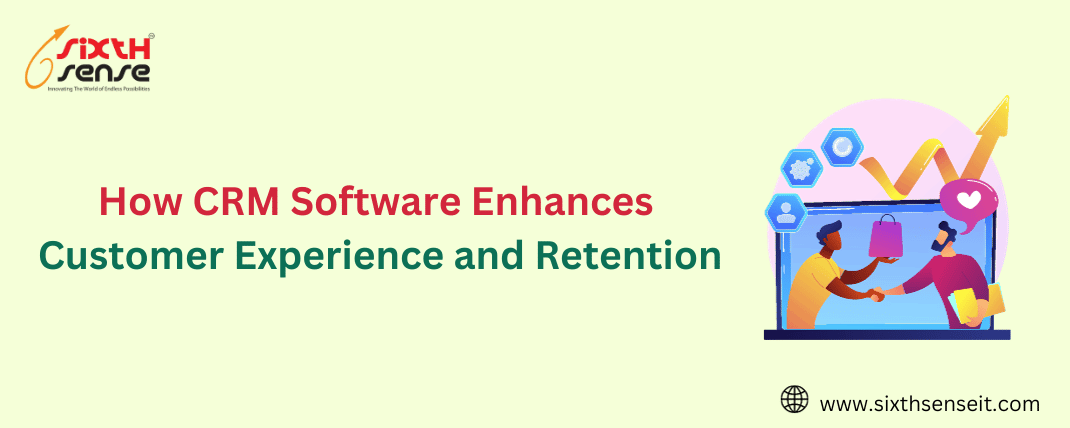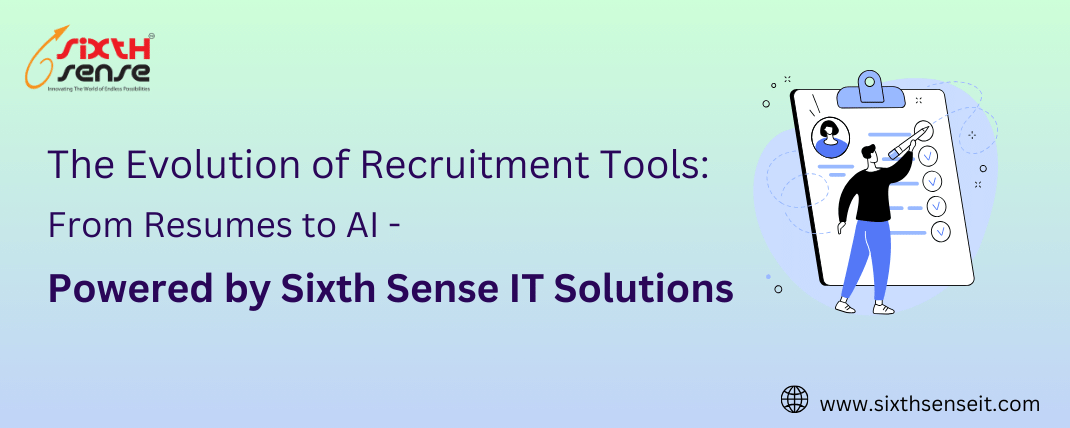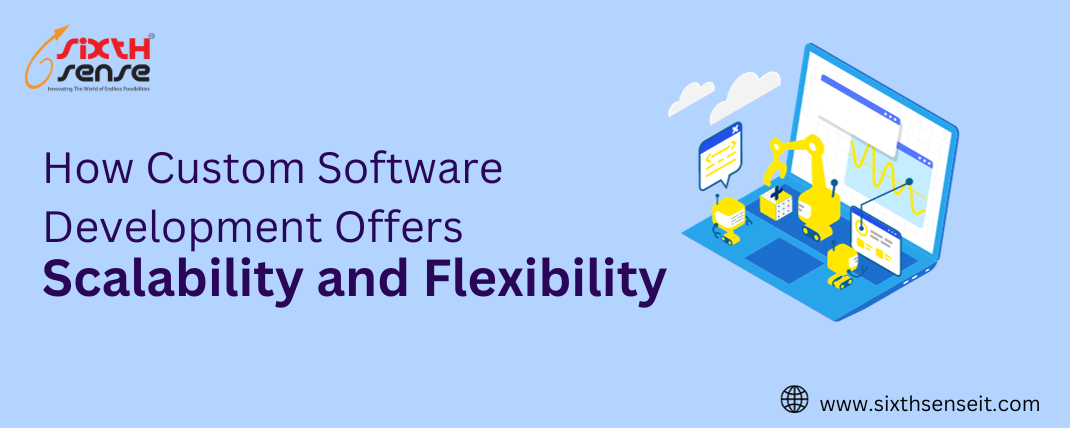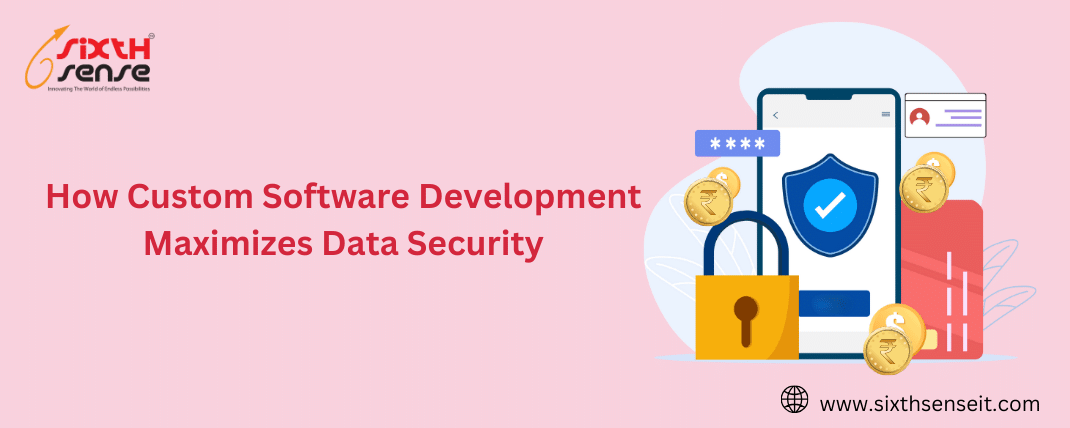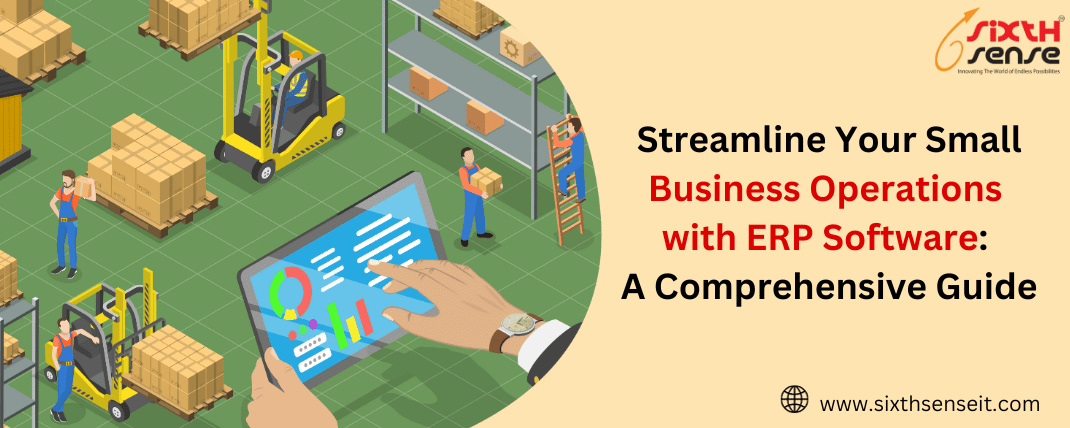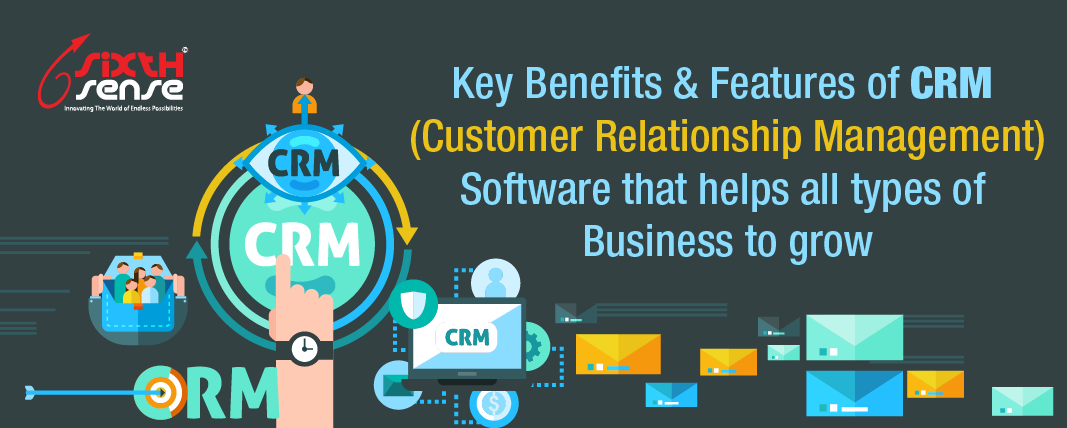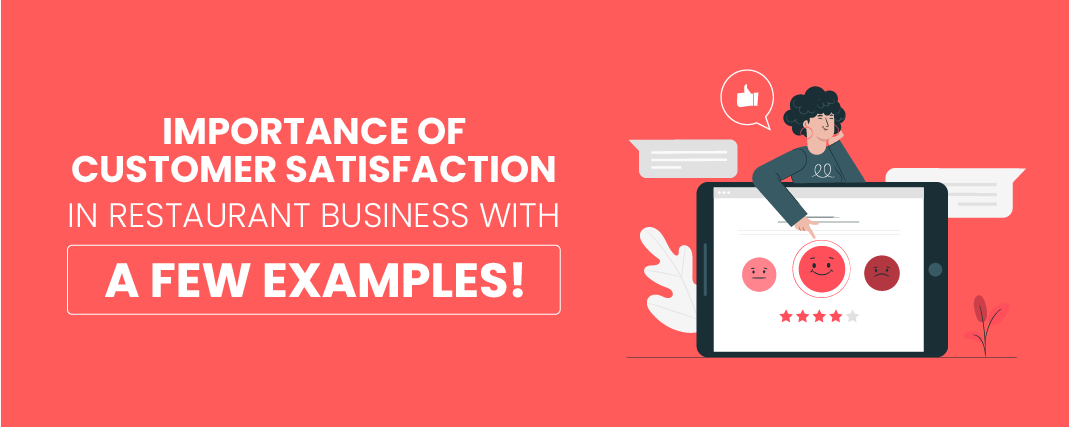
Utilizing Employee Performance Tracking Software to Boost Productivity


In today's fast-paced business environment, companies need to be agile and responsive to remain competitive. One of the ways that businesses can achieve this is by implementing employee performance-tracking software. These software solutions can help organizations to measure, monitor, and improve the performance of their employees, leading to increased productivity and improved business outcomes.
In this blog, we'll explore the benefits of using employee performance-tracking software, the key features to look for in such software, and some tips on how to successfully implement a performance-tracking system in your organization.
There are many benefits to using employee performance-tracking software. Here are some of the most significant:
Performance tracking software can help organizations set clear performance goals and communicate them to employees. By having a set of specific, measurable, achievable, relevant, and time-bound (SMART) goals, employees are more likely to focus on their work and strive to achieve the desired outcomes.
Performance tracking software provides real-time monitoring of employee performance, enabling organizations to identify potential issues or areas for improvement quickly. This helps managers to provide feedback and support to their employees, helping them to stay on track and perform at their best.
Performance tracking software helps to promote accountability among employees. With the ability to track progress and measure outcomes, employees become more aware of their performance and take responsibility for their work.
Performance tracking software encourages open communication between employees and their managers. By providing a platform for feedback and collaboration, managers can work closely with their team members to identify challenges, provide support, and improve performance.
By providing employees with clear goals, real-time feedback, and support, performance tracking software can help to improve productivity. Employees are more likely to focus on their work and stay motivated when they have a clear understanding of what is expected of them.
There are many different types of employee performance tracking software available, ranging from simple tools to more complex systems that incorporate multiple features. Some of the most common features of performance-tracking software include:
This feature allows managers to set and monitor specific performance goals for their employees. By setting SMART goals, employees are more likely to focus on achieving their targets, which can ultimately lead to improved business outcomes.
This feature provides employees with immediate feedback on their performance, enabling them to make adjustments and improve their work. Real-time feedback is particularly useful in situations where quick adjustments are required to maintain performance.
This feature provides managers with detailed reports on employee performance, including key metrics and trends. By analyzing performance data, managers can identify areas for improvement and take corrective action to improve performance.
This feature allows team members to communicate and collaborate on tasks and projects, promoting a more efficient and productive work environment. Collaboration tools can be particularly useful in situations where multiple team members are working on a project together.
This feature provides managers with the ability to recognize and reward employees for their achievements, promoting a positive work culture. By recognizing employee achievements, managers can motivate employees to continue performing at their best.
Implementing employee performance-tracking software can be a complex process. Here are some tips to help ensure a successful implementation:
Before implementing performance-tracking software, organizations should set clear objectives and communicate them to their employees. This will help employees to understand why the software is being implemented and how it will benefit them.
When choosing performance-tracking software, it's important to consider the specific needs of your organization. Look for software that is user-friendly, customizable, and scalable. Also, make sure that the software integrates with your existing HR and management systems.
Once you've selected your performance tracking software, it's essential to provide comprehensive training to your employees and managers. This will help them to understand how the software works and how they can use it to improve their performance.
After the initial training, it's important to provide ongoing support to your employees and managers. This can include regular check-ins, troubleshooting support, and ongoing training and development opportunities.
One of the key benefits of performance-tracking software is the ability to gather data and insights on employee performance. Use this data to make informed decisions about performance management, employee development, and business strategy.
Performance tracking software can help to promote a positive work culture by recognizing employee achievements, providing real-time feedback, and promoting collaboration. By fostering a positive work environment, organizations can improve employee engagement and productivity.
It's important to ensure that your performance tracking software complies with data privacy regulations, such as the General Data Protection Regulation (GDPR) in the EU and the California Consumer Privacy Act (CCPA) in the US. This will help to protect your employees' personal data and prevent potential legal issues.
In conclusion, employee performance tracking software can be a powerful tool for organizations looking to improve productivity and achieve better business outcomes. By providing clear goals, real-time feedback, and support, performance tracking software can help employees to perform at their best and drive business success. When implementing performance-tracking software, it's important to choose the right software, provide comprehensive training and support, and use data to drive decision-making. By following these tips, organizations can successfully implement performance-tracking software and achieve their performance goals.




